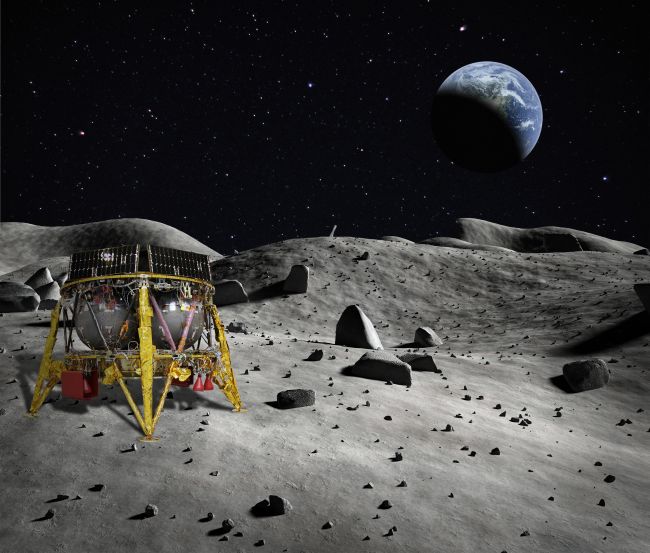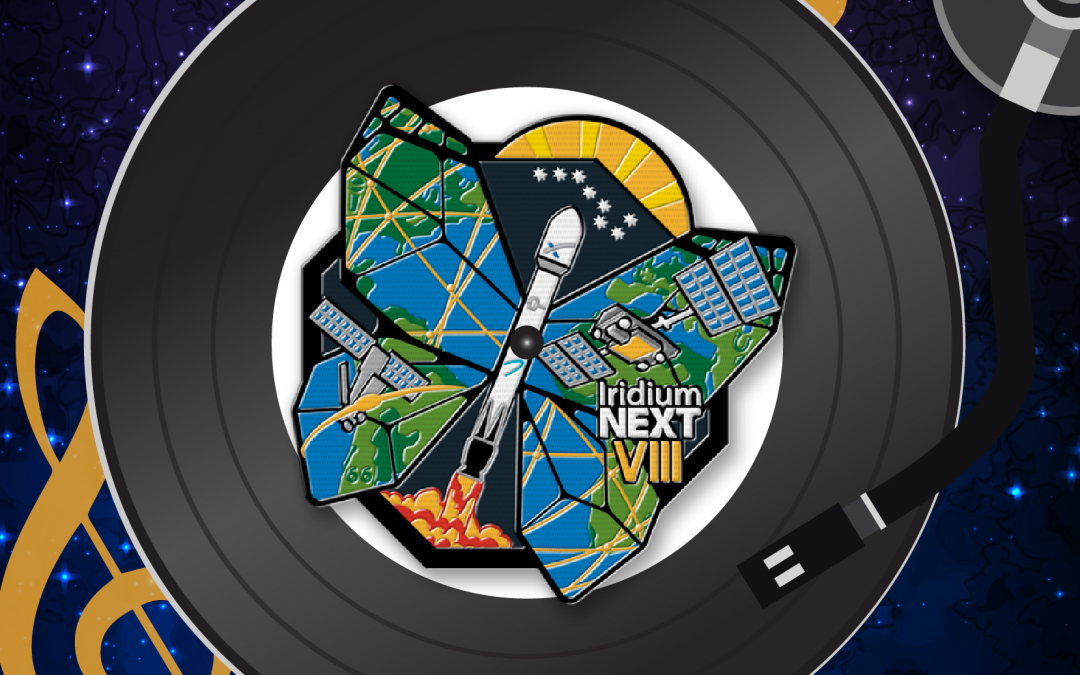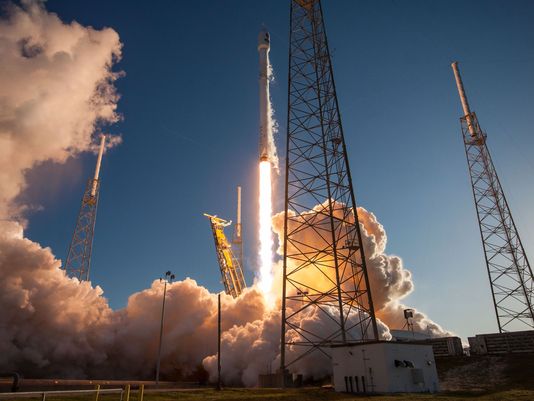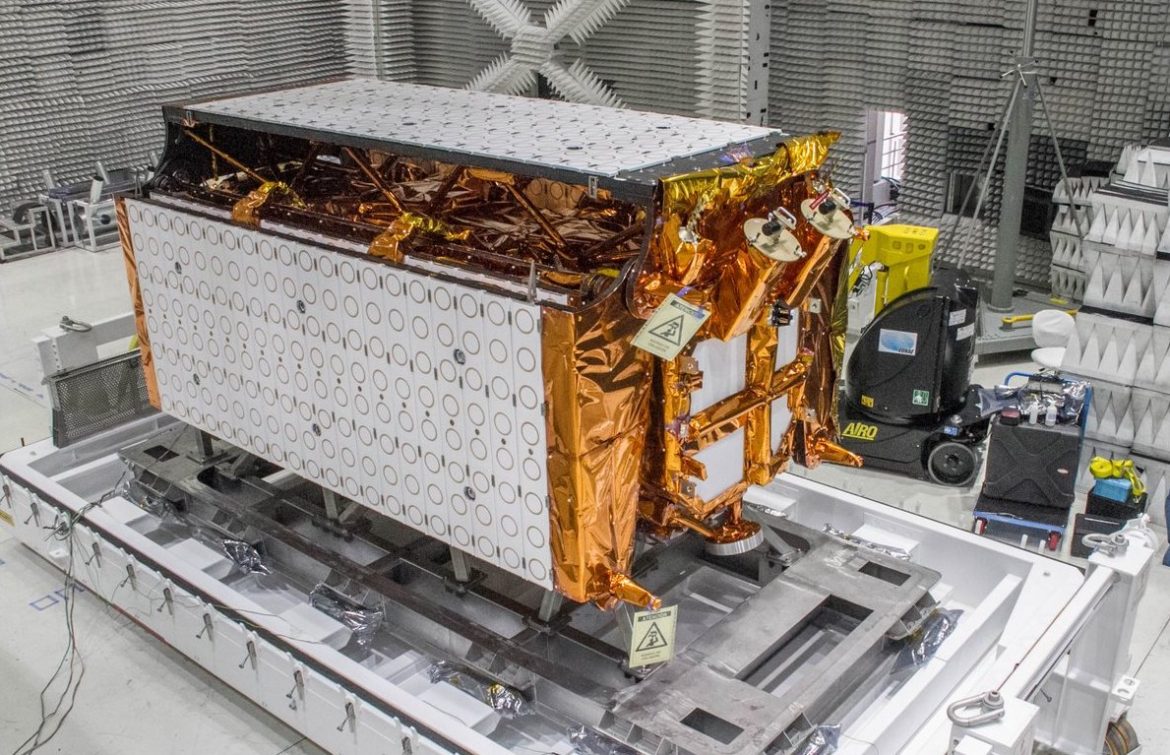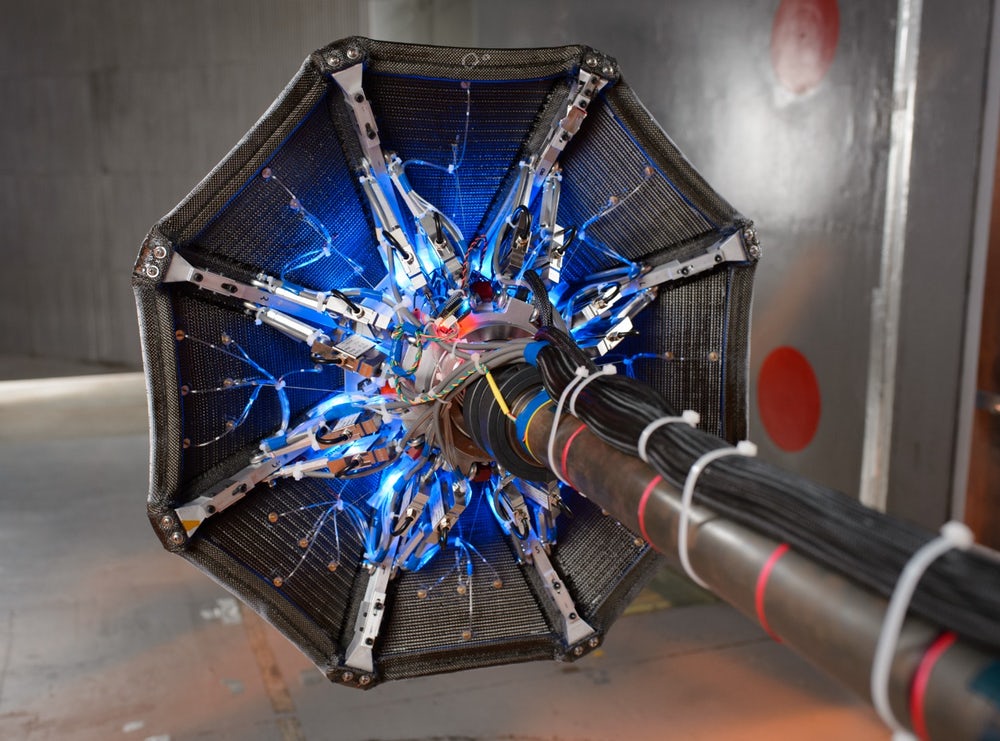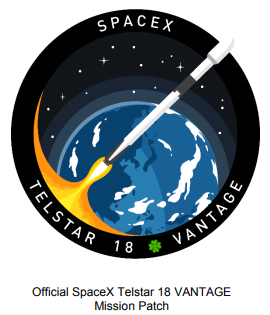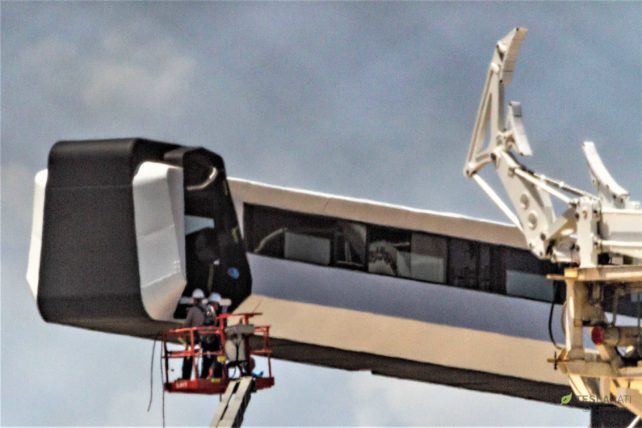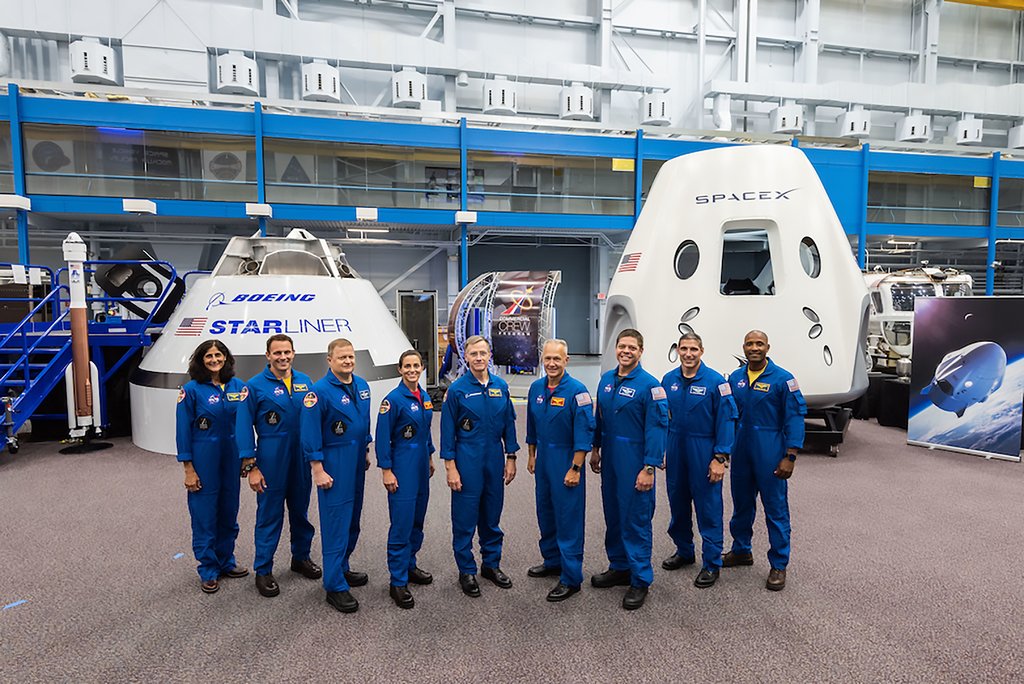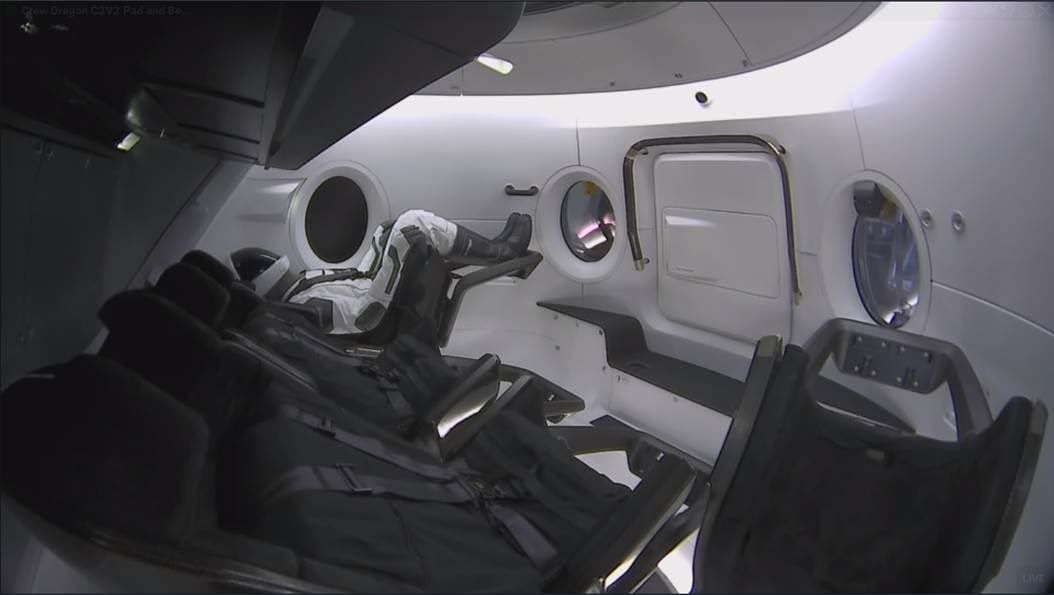
(Image Credit: Elon Musk)
The time has finally come for SpaceX to fly their crew-ready Dragon capsule on the first Demo mission for their client, NASA! This tremendously important milestone marks start of the next important phase in the effort to return American capacity for human spaceflight, which has been lost since the end of the shuttle program in 2011.
It was several years after the end of the famous shuttle missions that NASA realized the way forward would very likely be with private enterprise, and wisely awarded two contracts, to Boeing and SpaceX, for them to develop crew-rated craft and systems to safely bring astronauts to the ISS and return them safely to Earth. Of course, NASA has a long history of human space travel, and some very reasonable associated rules, regulations and certifications that must be achieved in order to qualify a vehicle for that task. Saturday’s flight will be a critical next step in that certification process, and if all goes well, it may result in a crew mission taking place in July of this year (though more likely closer to December).
While this mission will not have any humans aboard the craft, it will feature a mannequin in the stylish SpaceX flight suit, bristling with sensors to capture as much information as possible about the experience of the flight. The name of this figure? Ripley. Nice.
Flight Time: Liftoff is set for 2:49 a.m. EST (0749 GMT)
Flight Location: NASA’s Kennedy Space Center, from historic Pad 39A (Apollo missions, and final Shuttle flight were launched from this pad as well)
Booster Recovery: on the autonomous robotic droneship Of Course I Still Love You
Webcast!
References:

